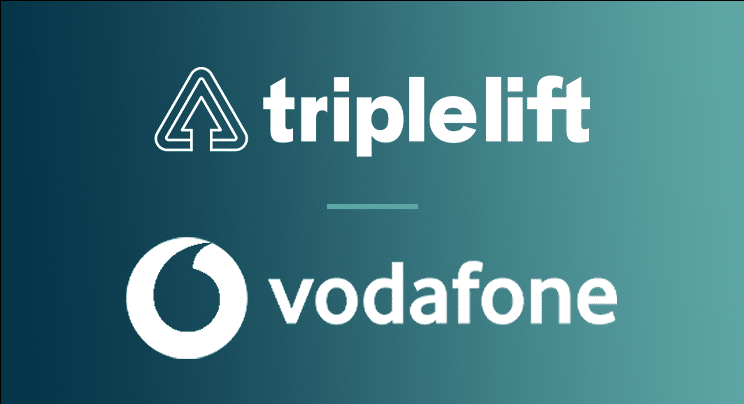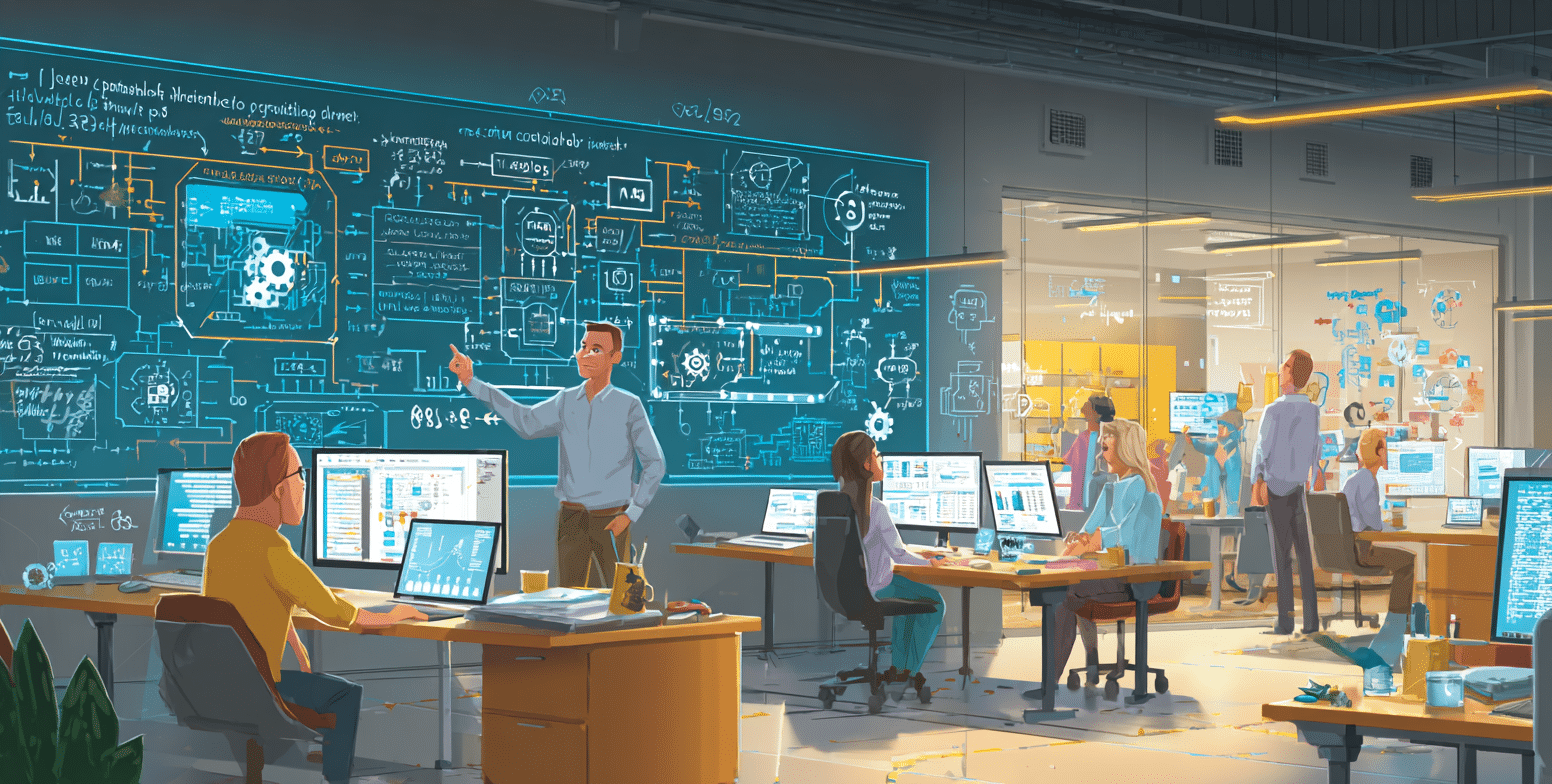Over the course of my time at TripleLift, I’ve learned that engineering excellence isn’t about writing perfect code. Building systems that consistently deliver value while remaining adaptable to change represents the real challenge. Our development philosophy emerged from a simple observation that the most elegant solutions often hide the most complex engineering underneath.
Failure-First Design
We start every engineering project by asking how this will break. This sounds pessimistic, but proves profoundly practical. When you’re processing billions of ad transactions daily, failure isn’t a possibility, failure represents certainty. Whether you’ve designed for graceful degradation or catastrophic collapse makes all the difference.
Our placement-level optimization system exemplifies this thinking. Rather than building a monolithic algorithm, we created multiple lightweight models that can fail independently. If one optimization pathway encounters issues, the system automatically routes to backup models without dropping performance.
80/20 Engineering Principle
We deliberately avoid over-engineering solutions. Our approach focuses intensely on identifying the 20% of features that drive 80% of the value. This isn’t about cutting corners, this represents precision engineering.
When we developed our Creative Optimization technology, we could have built systems that analyzed thousands of contextual signals. Instead, we identified the dozen signals that truly impact performance and built exceptionally robust systems around those. Sub-millisecond decision-making that consistently outperforms more complex competitors resulted from this focused approach.
Documentation as Core Engineering
One practice that sets our team apart involves treating documentation as a core engineering deliverable, not an afterthought. Every system we build includes comprehensive mechanical documentation covering not just what it does, but how it works and why we made specific design decisions.
This pays dividends during our rapid scaling phases. When we needed to expand our CTV capabilities, our engineers could understand and extend existing systems rather than rebuilding from scratch. Good documentation enables others to build upon your work with confidence.
Continuous Integration, Continuous Learning
TripleLift’s deployment philosophy centers on continuous integration with automated testing at every level. We also integrate continuous learning into our development cycle. Every release includes telemetry that helps us understand not just whether systems are working, but how they can work better.
Our creative rendering pipeline continuously learns from performance data to optimize template selection. Engineers don’t just push code, they push intelligence that improves over time. Engineering that gets smarter through use represents our ultimate goal.
Cross-Functional Engineering
Perhaps our most distinctive practice involves cross-functional engineering. Our developers regularly shadow customer success calls, attend publisher meetings, and participate in campaign optimization sessions. This isn’t about making engineers into salespeople, this ensures they understand the mechanical reality of how their code performs in production.
When our team built new native formats for platform integrations, engineers worked directly with publisher partners to understand rendering requirements. Code that didn’t just meet specifications but anticipated real-world edge cases and performed flawlessly from day one resulted from this approach.
Technical Debt as Strategic Investment
We’ve reframed technical debt from a liability into a strategic planning tool. Rather than allowing debt to accumulate randomly, we make deliberate decisions about where to incur technical debt and when to pay it down.
During our retail media expansion, we consciously built some components as “good enough” solutions to achieve speed-to-market, while simultaneously planning their eventual replacement. This allowed us to capture market opportunities while maintaining long-term architectural integrity.
People Over Process
Engineering excellence ultimately depends on people, not processes. We’ve created an environment where curiosity is rewarded, where asking “what if we tried this differently” is encouraged, and where mechanical tinkering is considered productive work time.
Engineering excellence isn’t about perfection, building systems that solve real problems reliably, efficiently, and elegantly represents our goal. When you get the mechanics right, everything else becomes possible.
Andrew Eifler is Chief Product Officer at TripleLift.





